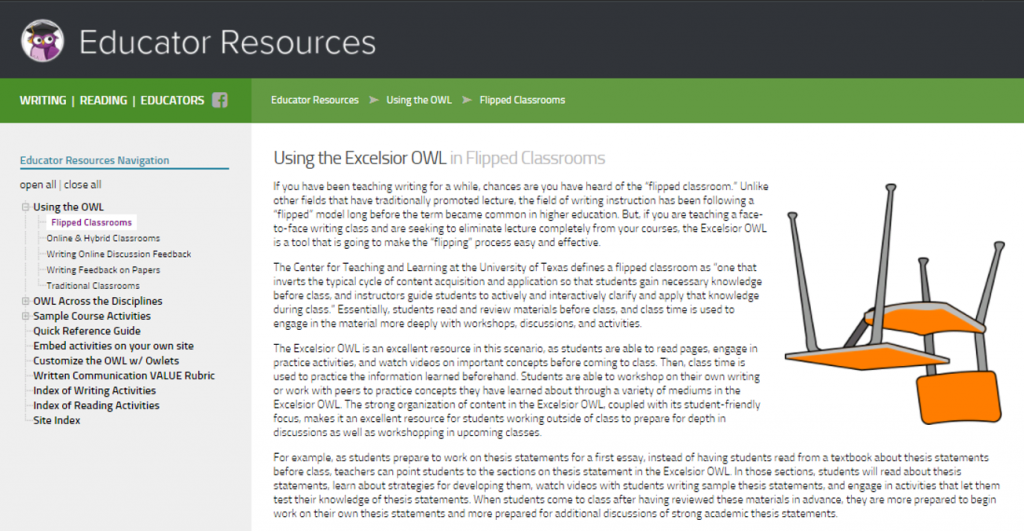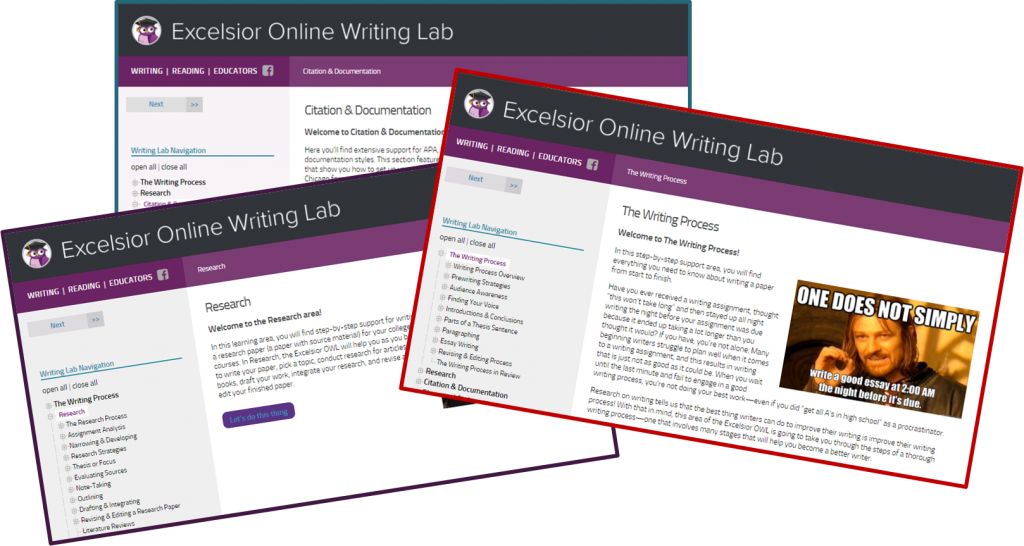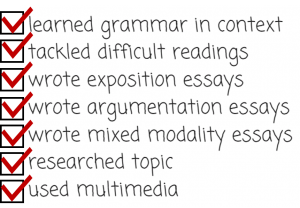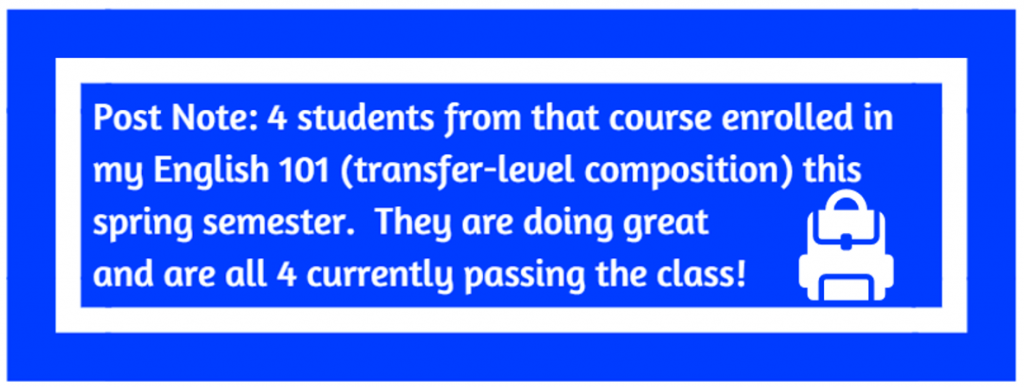ESOL and Acceleration: Preparing for Transfer-Level English
by Christie Allred
I taught an accelerated (advancing students at a faster rate using varied instructional strategies) ESOL class this past semester. Taught? Well, yes, but I also worked really hard with students that worked really hard. I had taught Accelerated composition, but never ESOL. When piloting this course, the big concerns in our department were 1) could language learners jump straight to transfer level english from ESOL; and 2) why ESOL? A study on our campus showed that the more levels students had to take, the more likely they were to drop out. So why acceleration in ESOL? Retention.

My personal concern was whether I could do it. I felt a lot of pressure and had to do a lot of planning. This course would meet nine hours a week. Whew! When the semester break came, we all needed it! That being said, I kept asking myself all semester: “how do I get them ready for transfer level English in one semester?” And now that the semester is over, I feel confident that those that passed are ready. A mentor of mine when I first started teaching ESOL once told me, “sometimes we pass them on with a sticky on their forehead that says ‘I’m here, I just barely passed, but I word hard, and I will work extra hard’.” I know which of my students need that sticky, but overall, acceleration for second language learners works.
In an NCTE article on Acceleration at Queensborough Community College, the study showed that,
Most importantly, the population of ELLs in higher education is increasing (Matsuda; PretoBay and Hansen), particularly at two-year colleges where many ELLs, primarily immigrant students, begin their college experience (Bunch and Endris)…This may become problematic, however, as research has indicated that the placement of ELLs into these two separate tracks often correlates with their success in college. Cate Almon finds the lower the level into which ELLs are placed in ESL writing courses, the lower their GPAs and retention rates (Anderst, Maloy, & Sharar, 2016, p. 14-15).
This correlates with the study on my community college campus. The success rates of students who were in the ESL track for several years were very low. In order to keep enrollment in ESL and keep the program healthy, something had to change. That change on our campus is acceleration.
So rewind to July. I consulted the instructor who had taught the 9-Unit course (yes, you read that correctly- 9) the previous spring. I read articles, and I joined a year-long accelerated workshop on our campus (AIM- Accelerated Innovators at Mesa). Then August hit and I had to prepare the daily schedule. It seemed a massive undertaking; nine units is a lot of time to fill, but at the same time, nine units didn’t seem enough! I gathered all my resources and started to work. The Excelsior OWL has a great curriculum for the flipped classroom. The flipped classroom allows for the students to do all the technological work and reading at home, and the practice is done in the classroom. Since the classroom I had didn’t have computers and because I knew the students had many hours of outside work to do, I consulted that curriculum.

 I collaborated with the evening instructor of the same course and we decided to use the same texts and have writing partners between our students. I also looked at my basic skills accelerated course for native speakers and used much of the same content. The Excelsior OWL was also listed as a required text. When I introduced the syllabus, I found that I kept repeating to them “My goal is to get you ready for English 101. We will be working really hard. This class requires a lot of work and you have to be serious about putting the time in!” I felt a bit momish. They sensed my worry immediately. I felt the weight of a lot of responsibility.
I collaborated with the evening instructor of the same course and we decided to use the same texts and have writing partners between our students. I also looked at my basic skills accelerated course for native speakers and used much of the same content. The Excelsior OWL was also listed as a required text. When I introduced the syllabus, I found that I kept repeating to them “My goal is to get you ready for English 101. We will be working really hard. This class requires a lot of work and you have to be serious about putting the time in!” I felt a bit momish. They sensed my worry immediately. I felt the weight of a lot of responsibility.
We started the semester with the Reading Lab section of the OWL; the reading would be challenging and I wanted them to feel confident with reading difficult texts. We spent the whole semester using, reviewing, and collaborating on this section. As a class, this section was invaluable! In combination with this section we used three strategies that I got from colleagues in my Puente Program (a program to promote transfer for underrepresented populations): Strong Lines (choosing strong lines from the text that stand out for any reason), Text-to-Text/ Text-to-World (connecting material between two texts or between the text and something going on in the world), and the other is Say, Mean, Matter (what does the author say, what does it mean, and why does it matter).
 I always tell my students that we won’t start by running the marathon, but that we’ll be training for it all semester. We start off with a slow jog- topic: Education. We read Sherman Alexie, Chimimanda Adichie, Brent Staples, and Stephen King. Challenging readings, but we had prepared. We pick up the pace and run a little faster. I call the first three writings warm-up. We pick strong lines, do the strong line exercise, and then expand those to a 250 word writing. Then we use the text-to-text and world to learn incorporating quotes in essay writing. My point, is, I guess, that acceleration means preparation and scaffolding, not skipping or moving faster. And acceleration means a lot of collaboration. Students really benefit from working together, sharing ideas, and mostly, helping each other out. This collaboration let them know that they weren’t alone. They could see that making mistakes helped them learn. They not only did a lot of group work, but worked with students in the evening course. The students chose pen names and wrote to each other about the readings. Another instructor and I teamed up, chose the same reading text, and then bought a set of composition books. We devised questions on the reading, about life, or asked them just to reflect on their learning in this accelerated classroom. We would pass the books twice a month and the students sustained a dialogue in this manner. Not only was it fun, but they really looked forward to hearing what their “partners” in the other class were doing, reading, and writing. This also helped with audience and perspective. And the semester progressed in this pattern.
I always tell my students that we won’t start by running the marathon, but that we’ll be training for it all semester. We start off with a slow jog- topic: Education. We read Sherman Alexie, Chimimanda Adichie, Brent Staples, and Stephen King. Challenging readings, but we had prepared. We pick up the pace and run a little faster. I call the first three writings warm-up. We pick strong lines, do the strong line exercise, and then expand those to a 250 word writing. Then we use the text-to-text and world to learn incorporating quotes in essay writing. My point, is, I guess, that acceleration means preparation and scaffolding, not skipping or moving faster. And acceleration means a lot of collaboration. Students really benefit from working together, sharing ideas, and mostly, helping each other out. This collaboration let them know that they weren’t alone. They could see that making mistakes helped them learn. They not only did a lot of group work, but worked with students in the evening course. The students chose pen names and wrote to each other about the readings. Another instructor and I teamed up, chose the same reading text, and then bought a set of composition books. We devised questions on the reading, about life, or asked them just to reflect on their learning in this accelerated classroom. We would pass the books twice a month and the students sustained a dialogue in this manner. Not only was it fun, but they really looked forward to hearing what their “partners” in the other class were doing, reading, and writing. This also helped with audience and perspective. And the semester progressed in this pattern.
By mid-semester, we had covered the entire ORC and most of the OWL and were revisiting the sections that would help in their progression to transfer level English. We had finished the Writing Process, and were dabbling in research and documentation.

By the end of the semester, the students were ready to showcase their Passion Projects: they researched, wrote, and create Powerpoint or Prezis to present to the class. They were amazing! In just 16 weeks, the students had learned grammar in context (no grammar book, please!), had tackled difficult readings, wrote essays in exposition, argumentation, and mixed modalities, had done research on a topic of activism (their passion project), and used multi-media to present their findings. They were ready for English 101.

My experience with acceleration for ESOL students is that it works. I’ve worked harder than I have in a long time on thinking, over-thinking, and ultimately, simplifying. Using backward design (planning my lessons from outcome and working down to individual assignments) to effectively plan and create meaningful lessons worked well for me and helped me to get the students where they needed to be.
 At the end of the semester, we used FlipGrid (a free video app where teachers can create “groups” that send 1-2 minute video clips of themselves speaking) to send videos to their partners in the evening course and reveal their identity. (Editor’s note: Since this posting, the FlipGrid app has been retired, but similar tools are available in Zoom and Microsoft Teams.) They could log in, enter the group code, record a video of themselves talking, and post to the group page. They said hello, happy holidays, but mostly, they congratulated each other on a semester of hard work. They had run the marathon!
At the end of the semester, we used FlipGrid (a free video app where teachers can create “groups” that send 1-2 minute video clips of themselves speaking) to send videos to their partners in the evening course and reveal their identity. (Editor’s note: Since this posting, the FlipGrid app has been retired, but similar tools are available in Zoom and Microsoft Teams.) They could log in, enter the group code, record a video of themselves talking, and post to the group page. They said hello, happy holidays, but mostly, they congratulated each other on a semester of hard work. They had run the marathon!

Christie Allred is an English Professor and the Puente Co-Coordinator at San Diego Mesa College and serves on the OWL Advisory Board. She is also a member of the OWL Outreach Team and will be presenting the OWL at multiple national conferences during the next two years.
References
